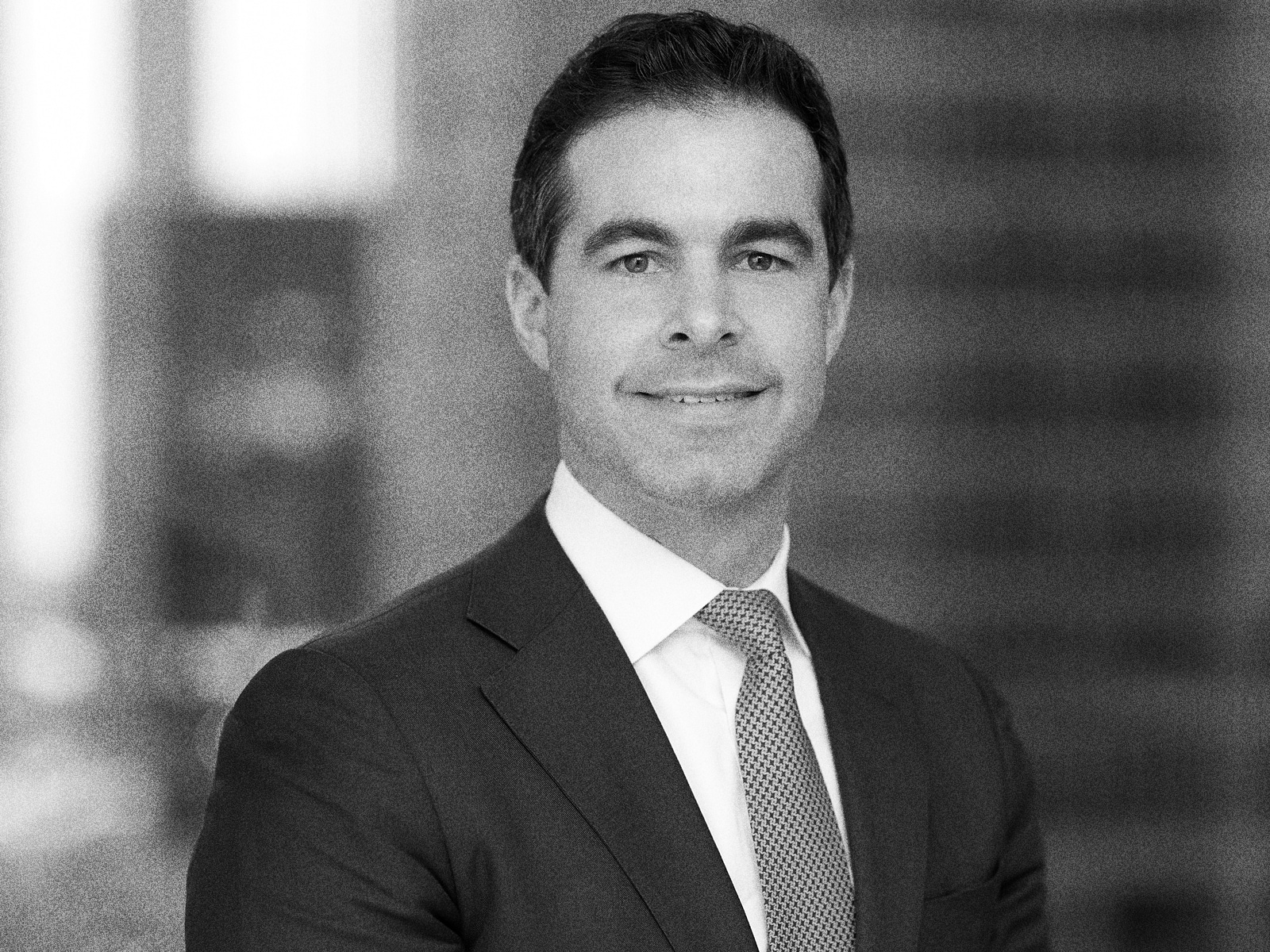Michael Kantrowitz, chief investment strategist and managing director at investment bank Piper Sandler, speaks to Opto Sessions regarding the HOPE framework and why he expects a hard landing later in the year, as well as the complex relationship between energy prices and inflation.
LISTEN TO THE INTERVIEW:
Michael Kantrowitz is chief investment strategist and managing director at leading US investment bank and financial services firm Piper Sandler. He previously worked as head of portfolio strategy at Cornerstone Macro and as managing director and portfolio strategist at Wolfe Trahan.
Kantrowitz is thus a seasoned expert in macroeconomic research and investment strategy. In this episode of Opto Sessions, he discusses the Housing, Orders, Profits, and Employment (HOPE) framework that he uses as an indicator of an economy’s progress through a period of monetary loosening or tightening.
He discusses the lag times that the various waypoints in this framework tend to experience from the beginning of a central bank policy shift, and uses the framework to demonstrate why he expects a hard landing in the second half of 2023.
Kantrowicz also explains the complex relationship that energy prices have with inflation and, ultimately, interest rates—and why, counter-intuitively, falling energy prices may not bring down the inflation their rise initially triggered. He unpacks why superficial signs of strength in homebuilding stocks don’t counter his overall narrative for the year ahead.
Trusting in HOPE
According to Kantrowitz, housing, orders, profits and employment are the four leading indicators that typically reflect the sequence in which Fed policy impacts various aspects of the US economy.
“We're now 12 months post the first rate hike, which was only 25 basis points,” he told Opto Sessions. “The lags of policy from the Fed take about 12 to 18 months.”
The housing sector currently reflects more than this single hike, via elevated mortgage rates. “But the employment backdrop is only really reflecting 25 basis points”, meaning that rates hikes have had very little impact on employment rates so far.
In terms of orders, the ISM Manufacturing New Orders Index, a forward indicator of GDP reflecting purchase and supply activity in 400 industrial companies, has trended steadily downwards since February 2022.
Similarly, earnings outlooks are beginning to feel the squeeze of 12 months of Fed tightening. “We just crossed into negative territory in terms of where earnings growth is expected,” Kantrowicz says. “We're likely to see a backdrop of continuing weak earnings expectations or falling earnings revisions, especially in the next 12 months, as that tightening cycle shows up in the economic and earnings data.”
The state of play
Market cycles
Because the lag between leading housing indicators and the employment market is usually around 15 months, the impact of Fed tightening is yet to show on employment data.
This is why Piper Sandler has “a back half of the year call where markets go lower when unemployment rises… and the hard landing, or recession story, finally gets reflected back into equity markets.”
Markets, historically, don’t price recessions in until they happen.
“Markets are not forward looking,” he says. “If you look at all of the recessions back to 1960, the market doesn't peak, or the bear market doesn't really begin, until unemployment claims are rising.”
“Markets are not forward looking. If you look at all of the recessions back to 1960, the market doesn't peak, or the bear market doesn't really begin, until unemployment claims are rising”.
“That’s ultimately why the broader indices are holding on now.”
Energy prices and interest rates
While the inflation behind the current cycle of tightening was prompted by soaring energy prices, falling energy prices may not be sufficient to end it, and may indeed perpetuate it.
“If we think about the US consumer with the highest propensity to spend, the middle- to lower-income [consumers], much of their consumption basket is food and energy.
“As oil prices have come down in the last nine months, one could argue that’s been a boost to the economy, especially for those lower-end consumers.”
However, says Kantrowitz, while falling oil prices have played a part in reducing inflation, “arguably, it’s caused core inflation to remain a little more sticky, because if consumers are not spending another dollar per gallon on gasoline, they’re spending it elsewhere”. This adds to pricing power for companies, and keeps employment rates high.
“So one could argue that lower energy prices have partially delayed some of the lagged impact of higher interest rates in the last few quarters.”
Just as it does during a tightening cycle, the HOPE framework implies that the housing market shows the leading indicators of an economic upturn. Kantrowicz explains why a current period of strength for homebuilding stocks doesn’t necessarily counter his bearish outlook for 2023.
“Housing homebuilder stocks have done well,” he says. “But if you look at all other aspects of the housing related industries—like consumer electronics, home furnishings, household durables—you've seen massive underperformance in housing-related areas.
“That’s just not what a housing recovery looks like in terms of sustainable bottom. In 2020, 2009, 2003 and every other bottom in housing, and bottom in the economy and in the market, all of the housing-related industry groups were outperforming strongly and sustainably.”
What we’re currently seeing, Kantrowicz believes, is a bet on homebuilders as an expression of a widespread, albeit misplaced, belief that Fed policy will soon reverse and mortgages fall.
“We recently told clients, ‘it's time to take profits on home builders, because we think home builders will follow the rest of the housing-related stocks, which have been sharply underperforming now for several months.’”
HOPE for the future
While his attention to the repeating patterns that market cycles tend to go through gives Kantrowitz a bearish outlook for the remainder of 2023, it also means his longer-term outlook is more upbeat.
“From automation to onshoring, there are a lot of long-term bullish narratives for the US economy”.
“At some point, the cycle will turn back up,” he tells Opto Sessions. “Probably at some point in early or mid-2024.”
This recovery, when it happens, could also be more evenly distributed throughout the economy than the one that preceded it.
“From automation to onshoring, there are a lot of long-term bullish narratives for the US economy.
“It's not going to look like it did for the last 13 or 14 years, where we had really good returns in a really narrow subset of large cap growth stocks.”
For more ways to listen:
Listen to the full interview and explore our past episodes on Opto Sessions. You can also check out all our episodes via our YouTube Channel.
Continue reading for FREE
- Includes free newsletter updates, unsubscribe anytime. Privacy policy


